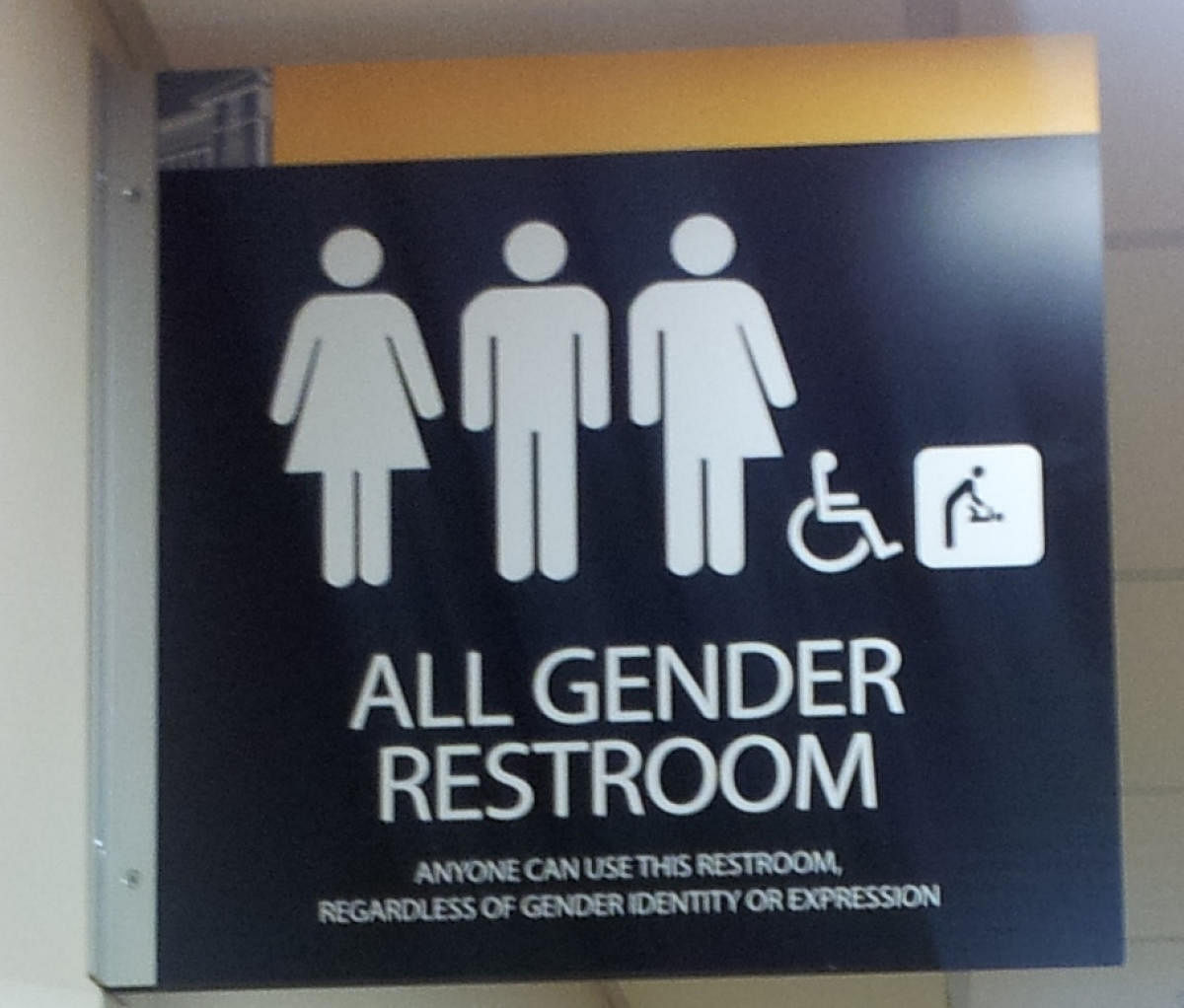The Supreme Court has read down Section 377 for situations where consenting adults take part in carnal intercourse. Section 377 had survived for more than a 100 years, impervious to both the anti-colonial struggle as well as the formation of a democratic India, which guaranteed all its citizens the fundamental right to choose who to love. But that is not all.
Several aspects of our interactions have rested on the premise that the LGBT community has no legal recognition. Now that the situation has changed considerably, an approach that is both flexible and sensitive is required to bring about transformations in the management of public spaces to make society a more inclusive one where rights of every person are respected.
Therefore, more space is needed in general to constitute a safe haven for the LGBT community which is often oppressed by the hetero-normative perception of society. The strongly gendered dimension of public spaces such as public restrooms suggests that a discursive revisioning of gender is needed to create a more transgender-friendly public space. This assertion is backed by a study of government data. A glance through the Swachchta Pakhwada campaign data reaffirmed our belief.
In nearly every report published by the government regarding the toilet construction campaign, data on the number of toilets constructed has been tabulated under the ‘Male’ and ‘Female’. This approach is disastrous as it leaves out a major population out of its tables and fails to cater to their needs. Moreover, the campaign could have had more social impact if it had focussed on the other gender, too. Both the goals, namely of having better infrastructure and refining the social consciousness, would be achieved if such an approach is followed.
Given the often-contentious intersection between advocates fighting for the rights of LGBTs and the regressive social forces, a central question is how the rights are negotiated and secured in public spaces. It is important to consider to what extent society allows individuals to express their gender in ways that may challenge socially-accepted gender dichotomy without fear of hetero-normative restrictions and approbation.
The stereotype fostered by Section 377 is obvious in how other individuals and non-state actors treat the community. The social disapprobation for the queer community, hitherto backed by Section 377, sanctioned verbal harassment, familial fear, restricted access to public spaces and the lack of safe spaces.
The concern with inclusivity is especially relevant in the light of the reformist action by the apex court in reading down the harsh section of the Indian Penal Code for consenting adults. There is no doubt that they face special problems the rest of us don’t.
For instance, using public toilets in India is less a matter of choice than of ingrained instinct for most people. Men use the men’s room, women the women’s. For anyone belonging to the transgender community, locating a toilet is a herculean task. Unavailability of specific toilet forces them to use male or female toilets, which brings with it the risk of sniggering, stares, taunts, threats of violence, sexual assault and harassment.
The apex court in National Legal Services Authority vs Union of India reaffirmed this finding. And finding a “gender neutral” or unisex toilet is rarely an option. Introducing gender-neutral toilets in public spaces address the concerns of persons who face intimidation and harassment in gender-segregated facilities when they are perceived by others to be in the “wrong” one.
In the backdrop of this judgement, it is essential for us to pay attention to basic needs of transgender persons such as access to public spaces. Forming a holistic perspective requires that the law focuses on more than just recognising their sexuality. Regulations have to be made in efforts to accommodate all lifestyles to meet the needs of the third gender in order to steer the movement in the right direction. The demand for gender-neutral public spaces must also be understood from the perspective of a rights discourse.
Reserve toilets
In doing so, it is necessary to understand the constitutional source from which the claim emerges. Since the court has now placed the entitlement of the transgender population in a constitutional framework, the matter can be approached from the perspective of constitutional analysis. Therefore, the proposed solution is to build toilets for the other gender, too. However, the task of new constructions involves huge expenditure. This leads us to think of solutions that minimise cost and does not entail new constructions.
One solution is to reserve one toilet out of the many as gender-neutral. This will involve no extra costs and will sufficiently cater to the population of transgenders. Such a move will not only uphold fundamental rights of the transgender people but can also mark the starting of a social awareness campaign of inclusivity.
The unavailability of unisex toilets violates the fundamental guarantee against discrimination because it unequally targets those whose sexual expression falls in this category. This results in a denial of the self. Identities are obliterated, denying the entitlement to equal participation and dignity under the Constitution. It is a basic right of every person under Article 21 of the Constitution to have access to sanitary and safe toilet.
The stability of India’s foundation lies in its effort to protect diversity in all its facets: in the beliefs, ideas and ways of living of her citizens. The mandate to transform society in allegiance to constitutional principles is a task vested in the State, the judiciary and the citizen. We must ensure that the rights of transgenders are guaranteed. Unless we do that, we risk becoming the cause, and not just the inheritors, of an unjust society.
(The writers are students at National Law School of India University, Bengaluru)
